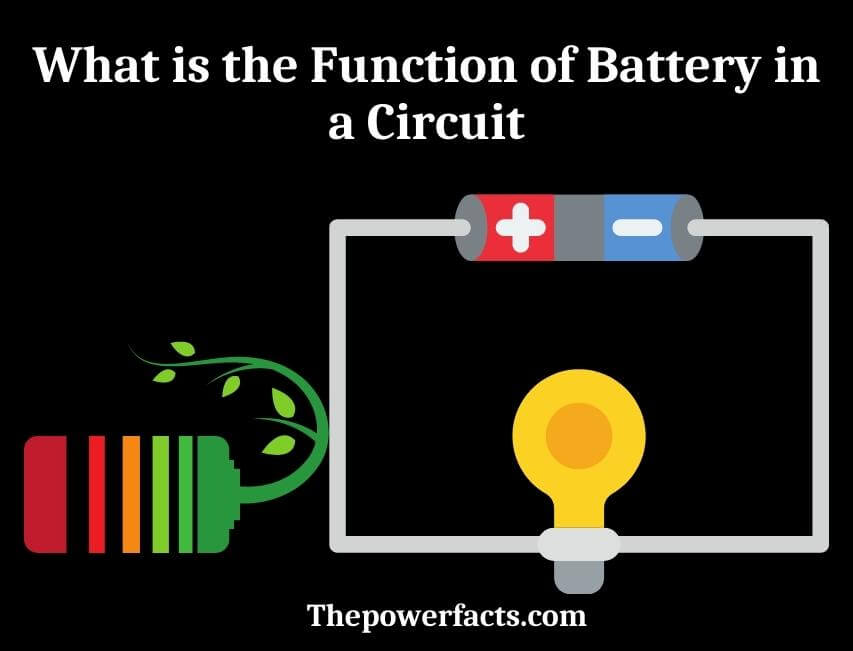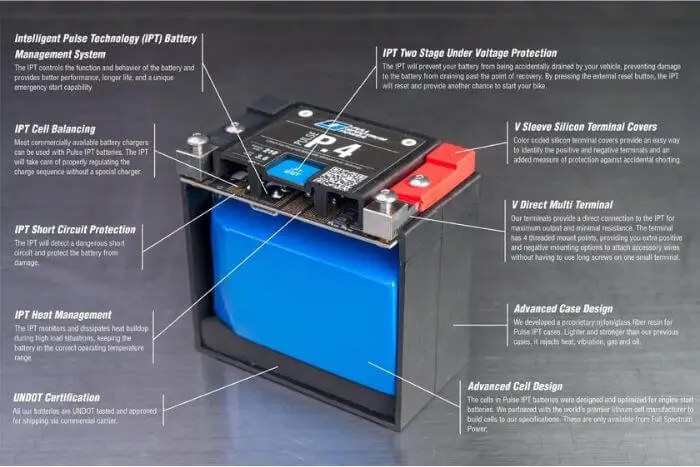A battery is a device that converts chemical energy into electrical energy. It consists of one or more electrochemical cells. Each cell has two electrodes, a positive electrode (the anode) and a negative electrode (the cathode), separated by an electrolyte.

When the cell is connected to an external circuit, electrons flow from the negative electrode to the positive electrode, producing an electric current.
The function of a battery in a circuit is to provide more battery power to the circuit. Without a battery, the circuit would not be able to function. The battery provides the necessary voltage and current to allow the circuit to operate.
What Does a Battery Do in a Circuit?
Batteries are a common power source in circuits. They provide a voltage (potential difference) that can be used to drive current through a load. The battery also has the ability to store energy, which allows it to continue supplying voltage even when there is no input power source. Whether a battery is a resistor or not, click here to know it.
It Supplies Electrons to the Conductor, Which Then Flow Through the Load And Back to the Battery
Batteries are a common power source for many electronic devices. They come in a variety of shapes and sizes, and each has its own set of benefits and drawbacks. The most important thing to know about batteries is how they work.
Chemical Energy
Batteries store chemical energy that can be converted into electricity. When a battery is connected to a load (such as a light bulb), the chemical reaction inside the battery causes electrons to flow from the negative terminal to the positive terminal. This flow of electrons produces an electric current, which powers the load.
The Capacity of a Battery
The capacity of a battery is determined by the number of chemical reactants it contains. A typical AA battery can provide about 3 volts and 1000 mAh (milliamp hours) of current. This means that it can supply 1 amp of current for 1 hour, or 2 amps for 30 minutes, etc.
The actual capacity will be less if the device being powered draws a lot of currents, or if the battery is old or damaged. Rechargeable batteries are also available, which can be reused many times before they need to be replaced. These types of batteries typically have higher capacities than disposable batteries, but they cost more upfront.

Conclusion
The battery is the heart of any circuit. It provides the energy that powers the circuit and makes it work. Without a battery, a circuit would not be able to function.